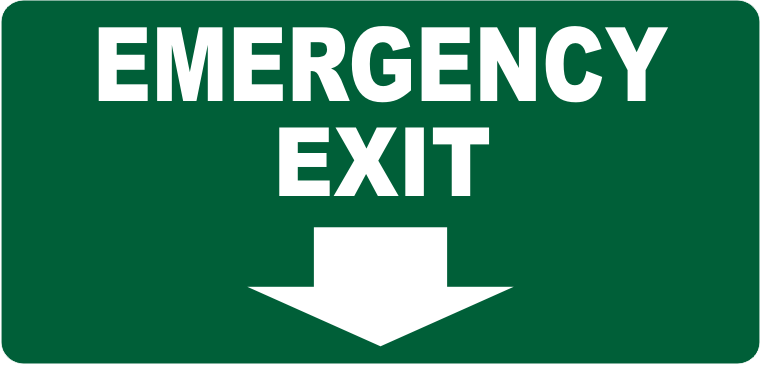In the USA, fire safety is taken very seriously. Every public building should have some kind of fire safety measures, as well as a fire safety plan which is acted out at least once a year in a fire safety drill.
However, the safety measures don’t stop there. The local fire department or another authorized entity does an annual fire safety inspection. If you’re unsure whether your building complies with the safety regulations, you can consult fire safety experts like https://redtruckfire.com/ to help you.
Here is a list of things which are graded during the inspections, so if you are looking to score high marks on the inspection, you can start preparing as soon as possible.

Building Access
The first thing which the inspector will want to ensure is the proper access to your building. That means that the building number needs to be clearly visible from the street to facilitate the potential fire department intervention.
For the same reason, the fire hydrants need to be clearly marked and easily accessible, as well as the lockbox with all the building keys in it.
Building Markings
If there is a fire, all the people who happen to be inside need to be able to evacuate. That’s why your building’s fire safety plan needs to include maps which indicate where the closest fire exits are. Additionally, all exits need to be clearly marked and visible, not to mention fully functional at all times.
The exits themselves need to be easily opened from the inside, and cannot require any keys or special permits to open from inside. For your building’s safety, though, these fire exits need to be self-closing and not accessible from the outside.
Proper Lighting
Just as important as the written instructions are the light instructions. The subtle lighting which can be seen even in a case of emergency are often a lot more effective when people are panicked, like most of us would be during a fire.
The reserve batteries in those lights which activate in case of a blackout need to be double checked as well.
Fire Extinguishers
If the building has fire extinguishers, and most buildings should, there are some rules about their maintenance and positioning which need to be followed. First of all, like with most things related to fire safety, they need to be clearly visible and easily accessible.
There is a general rule that no place in the building should be more than 75 feet away from a fire extinguisher. That the extinguishers need to be inspected every year goes without saying.
Fire and Carbon Monoxide Alarms
Just like with fire extinguishers, if the building has them (which it really should), the fire alarms need to be placed at very visible places, easily accessible to everyone and most importantly, they need to be fully functional and inspected by a professional. You should have the copy of the completion report to show the fire marshal.
Electrical Connections
All electrical receptacles need to have cover plates on them to protect from accidental contact with anything else. Inside the electrical panel, all of the elements need to be marked clearly and accurately. If the firemen need to shut down the power in a part of the building, it saves a lot of time if they can do it just by looking at the electrical panel.
Keep in mind that all electrical panels need to have easy access to them. That means at least 30 inches of clear space in all directions.
Most fire departments consider power strips to be only a temporary solution for powering appliances, rather than a permanent one. Additionally, these power cords need to be in good shape and only power smaller appliances, to prevent power surges and minimize the likelihood of an electrical fire.
Heating Devices
There is a list of electrical heating appliances which comply with the fire safety regulations; all other heaters are considered unsafe. Even those heaters which are approved need to be operated in a safe manner, with at least 3 feet from any other object.
Fuel-burning heaters need 3 feet of space as well, but they also require proper ventilation and professional installation.
Keeping the risk of fire to a minimum isn’t a particularly difficult task, but it is a continuous one and it requires constant attention.




